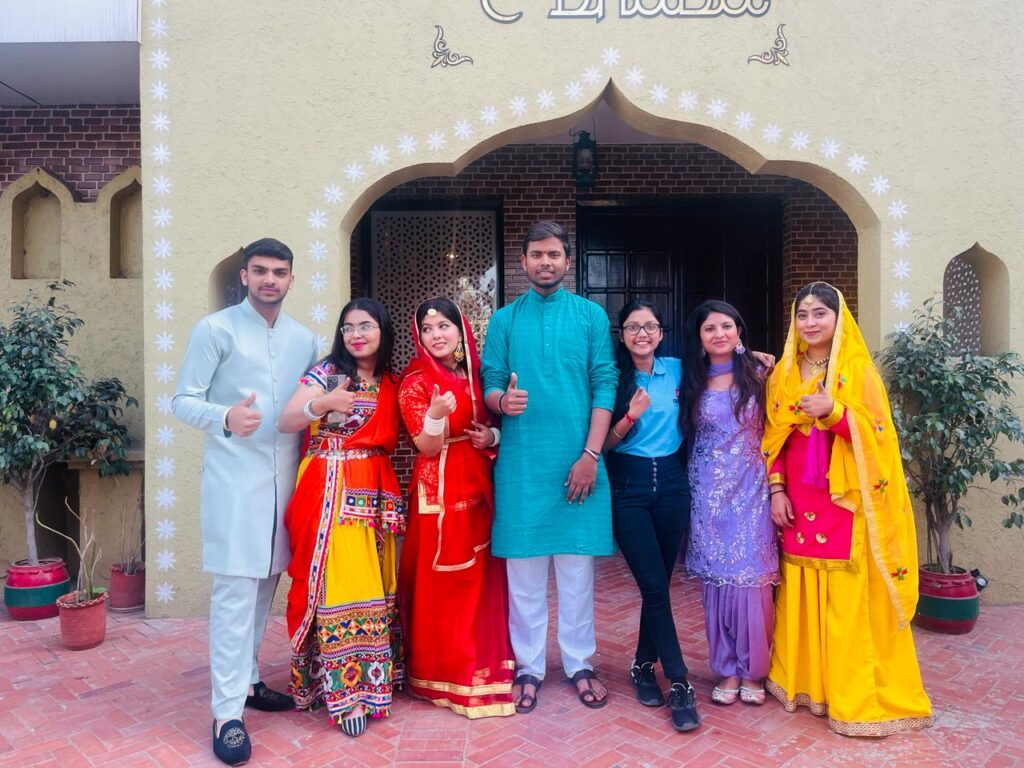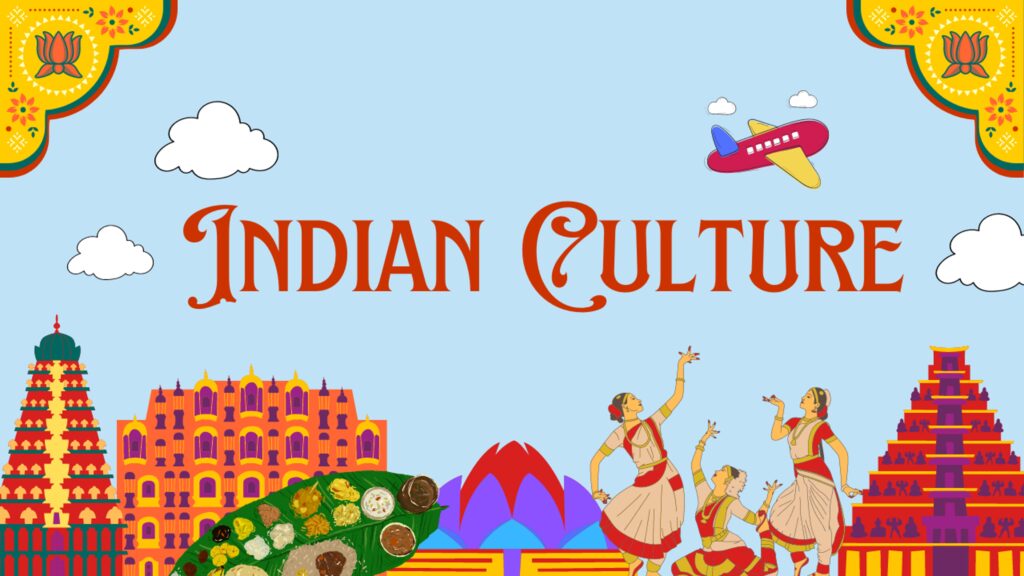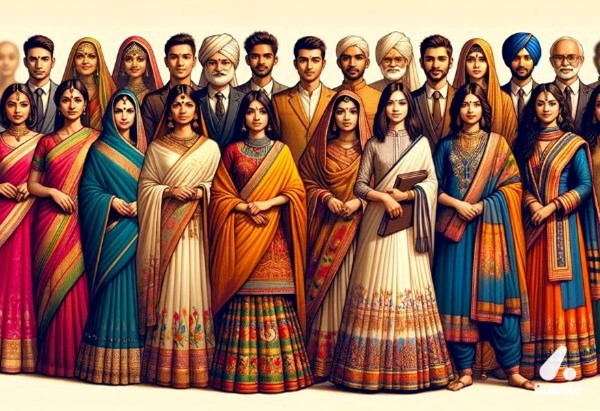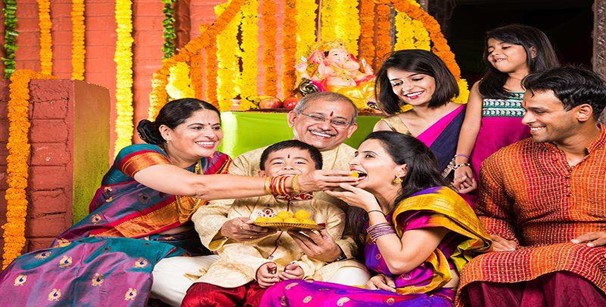
Firing up the Spirit of Cultural Tourism in “Dil Se Digital” Event with Culturism
Dil Se Digital is not just an event; it’s a celebration of India’s cultural richness in the digital age. By infusing the essence of Cultural Tourism we the Team Culturism are here to showcase the diverse heritage and traditions of India through its Food and Fashion. So let’s explore how the fusion of these elements has captured the minds of audience.
Through our online presence on Social media Platforms like Instagram, Facebook , LinkedIn, YouTube and Pinterest , we were able to connect with the people across the globe. The username for different social platforms is @_culturism.
Moreover the fun is yet to come . Team Culturism is organising their offline event on 8 April 2024 with the aim of entertaining it’s audience and also by promoting the food and fashion of Indian Culture. This event includes dancing , modelling , singing and exciting games like musical chair .
And yaa ! Some surprises are yet to come. So save the date 8 April and don’t forget to register yourselves.

IMPORTANCE
1) Cultural Exchange: Both food and fashion are integral parts of a culture’s identity. By experiencing local cuisine and fashion trends, tourists engage in cultural exchange, fostering mutual understanding and appreciation.
2) Economic Impact: Food and fashion tourism generate significant revenue for destinations through spending on restaurants, cafes, boutiques, and local artisans. This revenue helps support local businesses and economies.
3) Unique Experiences: Food and fashion offer unique and memorable experiences that can’t be replicated elsewhere. Trying authentic dishes or shopping for local fashion items provides travelers with a sense of discovery and connection to the destination.
4) Destination Differentiation: In a competitive tourism landscape, destinations often seek ways to differentiate themselves. Highlighting their distinctive culinary traditions and fashion scenes can attract tourists seeking authentic and immersive experiences.
5) Community Development: Food and fashion tourism can contribute to the development of local communities by creating job opportunities, preserving cultural heritage, and supporting small-scale producers and artisans.
FOOD

Indian cuisine is incredibly diverse, reflecting the country’s rich cultural heritage and regional variations. In Gujarat, vegetarian delicacies like dhokla and thepla dominate, showcasing a blend of sweet and savory flavors. Rajasthan’s cuisine features hearty dishes such as dal baati churma and laal maas, known for their bold use of spices and ingredients suited to the desert climate. Moving to the south, Tamil Nadu offers a variety of flavorful dishes like dosa, idli, and sambar, with a focus on rice-based meals. In Punjab, the cuisine is characterized by hearty and rich flavors, with dishes like butter chicken, sarson da saag, and makki di roti. Kerala’s cuisine is known for its use of coconut, seafood, and spices, seen in dishes like appam, fish curry, and avial. Finally, in West Bengal, you’ll find dishes like macher jhol (fish curry), roshogolla, and various preparations of rice and fish,highlighting the state’s love for seafood and sweets.
FASHION

Fashion across India is as diverse as its cuisine, reflecting the country’s rich cultural tapestry and regional influences. In Gujarat, vibrant colors and intricate mirror work adorn traditional attire like chaniya cholis and bandhani sarees, reflecting the state’s love for bright and festive clothing. Rajasthan’s fashion is characterized by opulent fabrics, intricate embroidery, and colorful turbans, with traditional attire like ghagra cholis and bandhej sarees being prominent. Moving south, Tamil Nadu embraces traditional silk sarees like Kanchipuram and Kanjeevaram, known for their rich colors and intricate motifs. Punjab’s fashion is marked by bold colors, intricate phulkari embroidery, and elaborate turbans, with men often wearing the traditional kurta-pajama and women adorning the vibrant salwar kameez. In Kerala, the traditional attire of white and gold-bordered sarees for women and mundu for men exudes elegance and simplicity. West Bengal’s fashion blends traditional Bengali sarees like tant and baluchari with contemporary styles, showcasing a mix of rich heritage and modern trends.
Through culturism lets ignite a passion for India’s cultural treasures and inspire a global appreciation for its timeless charm.
For more updates visit our website :-







